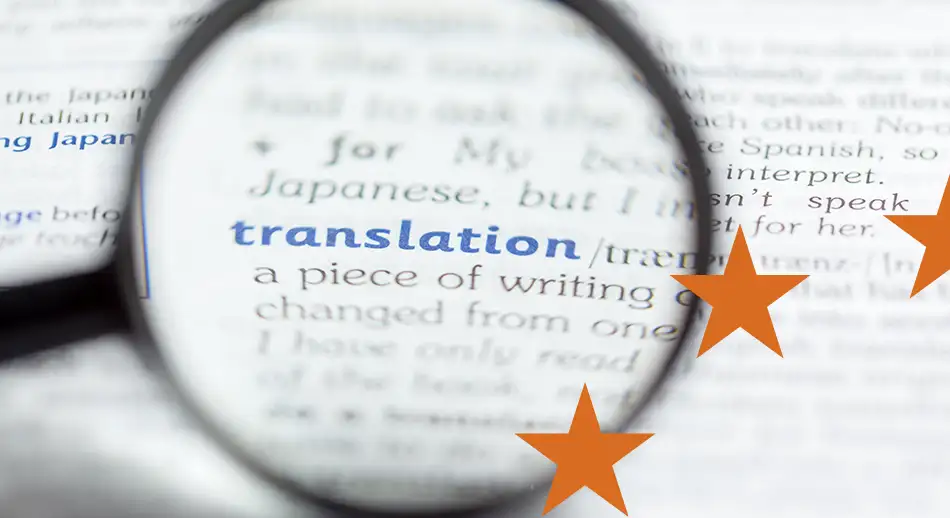How to figure out if European projects (or specific funds and programs) are right for us? Let’s try to understand it together in seven points.
European calls for proposals accessible to all? A frequently asked question
Accessibility of European funds is a frequent topic in the field of europlanning. Many organizations do not approach them for fear that they represent an adventure “bigger than themselves”; others approach them all too lightly; others become discouraged at one of the many difficulties they may encounter on the way, and sometimes never approach them again. But many others, fortunately, though not always on the first try, can recount successful experiences .
The Guide to EU Projects and Funding was created precisely with the intention of helping those approaching EU projects and programs. We have devoted a special chapter to how to prepare to submit a project. Even for smaller, less structured organizations, there is some good news:
- In addition to the Guide, official websites, implementing agencies and national points of contact provide increasingly clear and comprehensive support and guidance;
- A very large slice of European funds is managed at the regional level, by institutions that are closer and in ways that are more accessible (from the standpoint of partnership, language, project ambitions) even to small organizations;
- Even among the so-called “community programs,” there are calls and initiatives that are by their very nature aimed at small organizations, whose submission methods are tailored to the operational capabilities of the beneficiaries.
Let’s find out more details and some tips together. Other useful pointers can be found in our Handbook.
Do not underestimate
The adventure of a European program is definitely an experience we recommend: not only as a point of access to new resources, but also for the wealth of ideas, contacts and new opportunities it can generate. However, the effort required by the calls should not be underestimated, especially for some more complex categories of programs (such as large, more ambitious and “frontier” community programs) and especially for smaller, less structured organizations. Viewing European projects as a resource window to draw from can create false perceptions and disappointments. Any kind of project requires ideas, commitment, time and resources: before embarking on the adventure, it is wise to consider well the demands of the call and the extent to which the organization can invest in it.
Don’t be frightened
That is not to say (of course) that European calls for proposals should be excluded a priori from the list of possible options for financing one’s project. In some cases they may be the right choice to accompany the activity of even a small organization, youth group or small business. In fact, there are community calls (including to direct management) open and designed for these categories of beneficiaries, the complexity of which is commensurate with the capacities of the actors they address. The complexity of a call aimed at European “excellence” in research is not comparable to the complexity of a call aimed at young people, students, teachers and youth leaders. In addition, a very large slice of “European funds” is managed at the local level: calls funded by the Structural Funds have simpler requirements, for example at the language, partnership and scope of action levels.
Get well informed
We recommend in all cases to inquire well. Information is “at your fingertips” for Structural Fund calls administered in your region, but the abundance of reference sources now makes it relatively easy to find out about a community program or call as well, at least to see whether or not it is within your reach. This is the value of the “information dashboard” that the Guide presents in association with each fund and program: a reading of the reference documents allows you to understand whether the type of priorities, demands and objectives are consistent with your organization’s scope of action. For example, the description of eligible beneficiaries and actions in the calls for proposals and regulations makes it possible to determine in the first instance the degree to which they match the “identikit” of one’s organization. For many programs it is also possible to refer to national contact points or desks that provide support in this analysis; the EuropeDirect network is available in major Italian cities for general information and guidance (particularly useful in an evaluation phase).
Read well
Reading well, especially the regulations and notices, is another golden rule to avoid disappointment and mishaps along the way. Sometimes these documents are analyzed in the light of what one would like to achieve: which is good, since a certain degree of mutual adaptation between notice and project idea, however, it is important to avoid this leading to overlooking important details. If a call is funding workshops or exchanges of best practices, it is not worth devoting time to it if a new machinery is to be developed, unless this idea is extensively (and consciously) repurposed and circumscribed. Even more stringent considerations must be applied to eligibility criteria. For this reason, it is difficult to make an a priori categorization between “accessible” and “difficult” community programs and funds: much depends on the call and the specific characteristics of the organization and project idea.
Study the route
Studying the route (even if only as an initial “mental exercise”) is another key element of evaluation. Two sections of our Guide are particularly useful for this purpose: the orientation section explains what they are, why they exist and what is expected of European project participants; the “method” section illustrates how a European project should be born and develop. The organization must be ready to enter into this order of ideas and embark on this path, which is initially conceptual and gradually becomes more and more operational and challenging. If the very first steps prove to be difficult, it is advisable to get advice from appropriate facilities (see above) or to partner with entities that are already more ready for the challenge (see below).
Associate
When in doubt, there is the possibility of partnering with entities that have already gone through this path. This option is preferable, especially if you are taking your first steps in europlanning and especially within the more complex European programs. Starting your own experience as a partner allows you to understand a minimum of detachment more how a European project works “from the inside,” commensurate your commitment more with your availability, and be exposed less directly to the management difficulties of a call and a project. To be able to do this, it is essential to stay in touch with other players in the field and to continually extend one’s network of knowledge in Italy and Europe. Therefore, our Guide has always devoted some attention to the topic of the partner search. European projects are a great excuse to broaden your approach in your field of activity, make new connections and access new opportunities.
Gear up
Finally, before embarking on the adventure of a European project, it is good to assume that it is an uphill path. As complex as the preparation and presentation phase of a project is, it is not the only: project management also requires resources, specific procedures, special attention, and–of course–time and effort. It is necessary to be ready and to have the resources-especially human resources-needed to make it happen, so as not to be caught off guard (and subsequently overwhelmed) by the initiation of a project. In this sense, the same advice already given applies: it is good not to underestimate but also not to be frightened, to consider that the demands even in terms of management are very different depending on the funds, programs, calls and types of action, to lean on dedicated support structures, to inform yourself well about the criteria and demands (also, and perhaps above all, in administrative and procedural terms), to study the path and to associate with organizations with more experience, or at least able to share with your own the commitment to implement a European project.
Have your say
What is your experience? Do these recommendations reflect what your organization has experienced, and do you have any other suggestions? Write to us via email or on our social channels (Facebook / LinkedIn). We are looking for new experiences to present in the our dedicated column: Your story could be for us.




